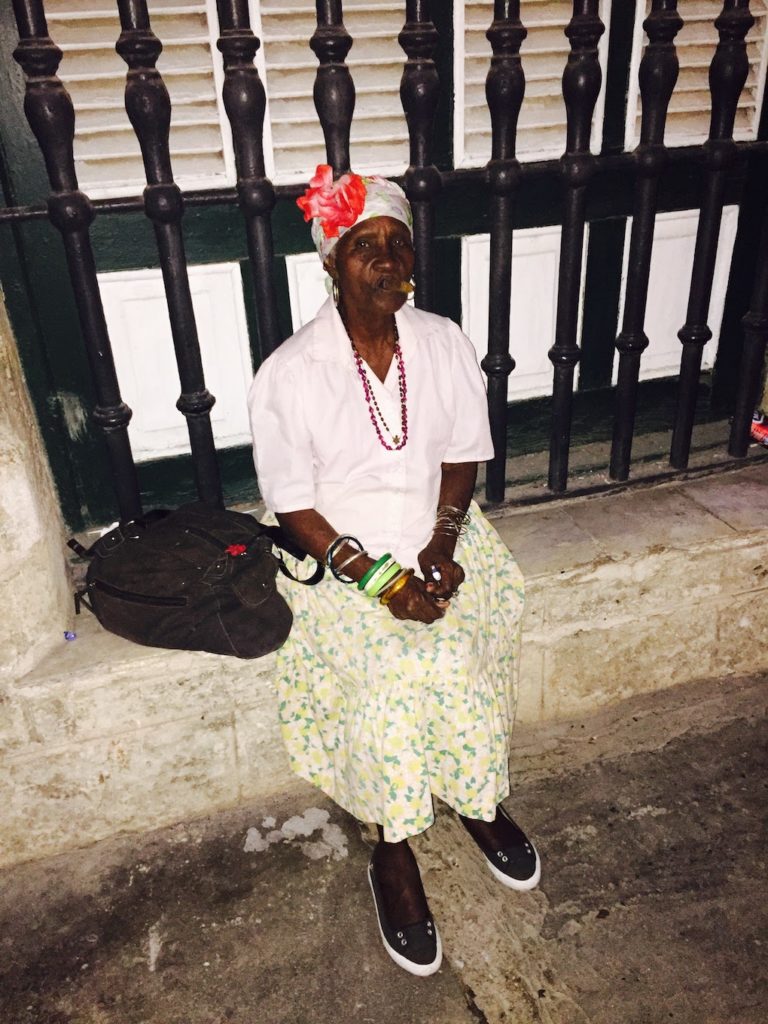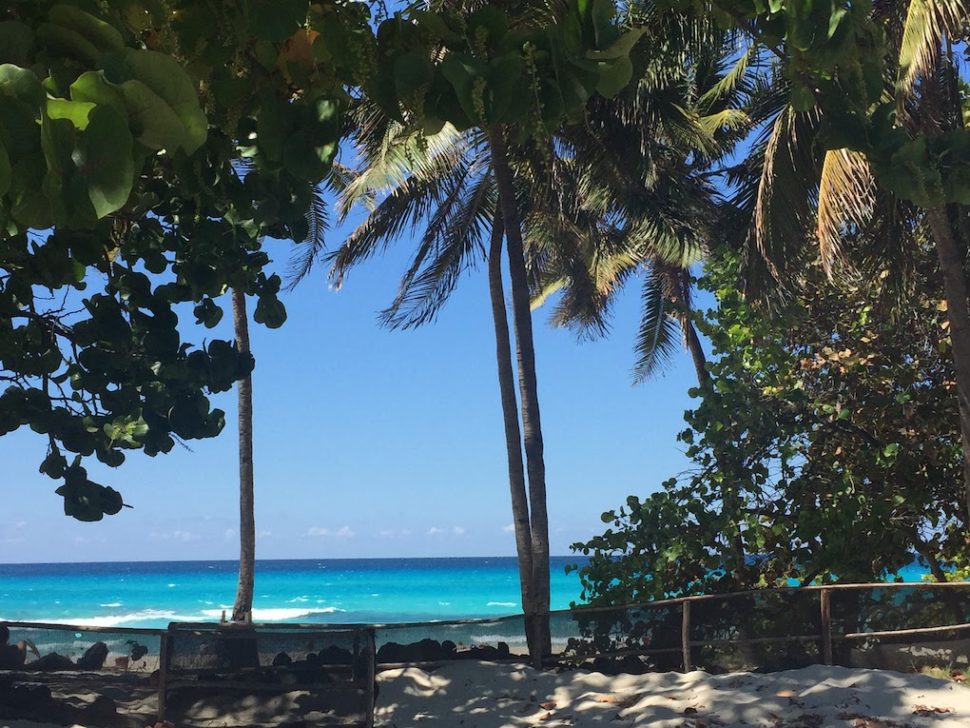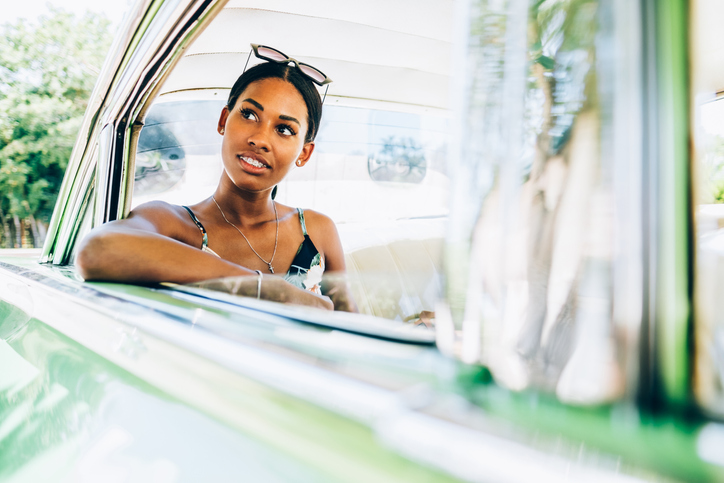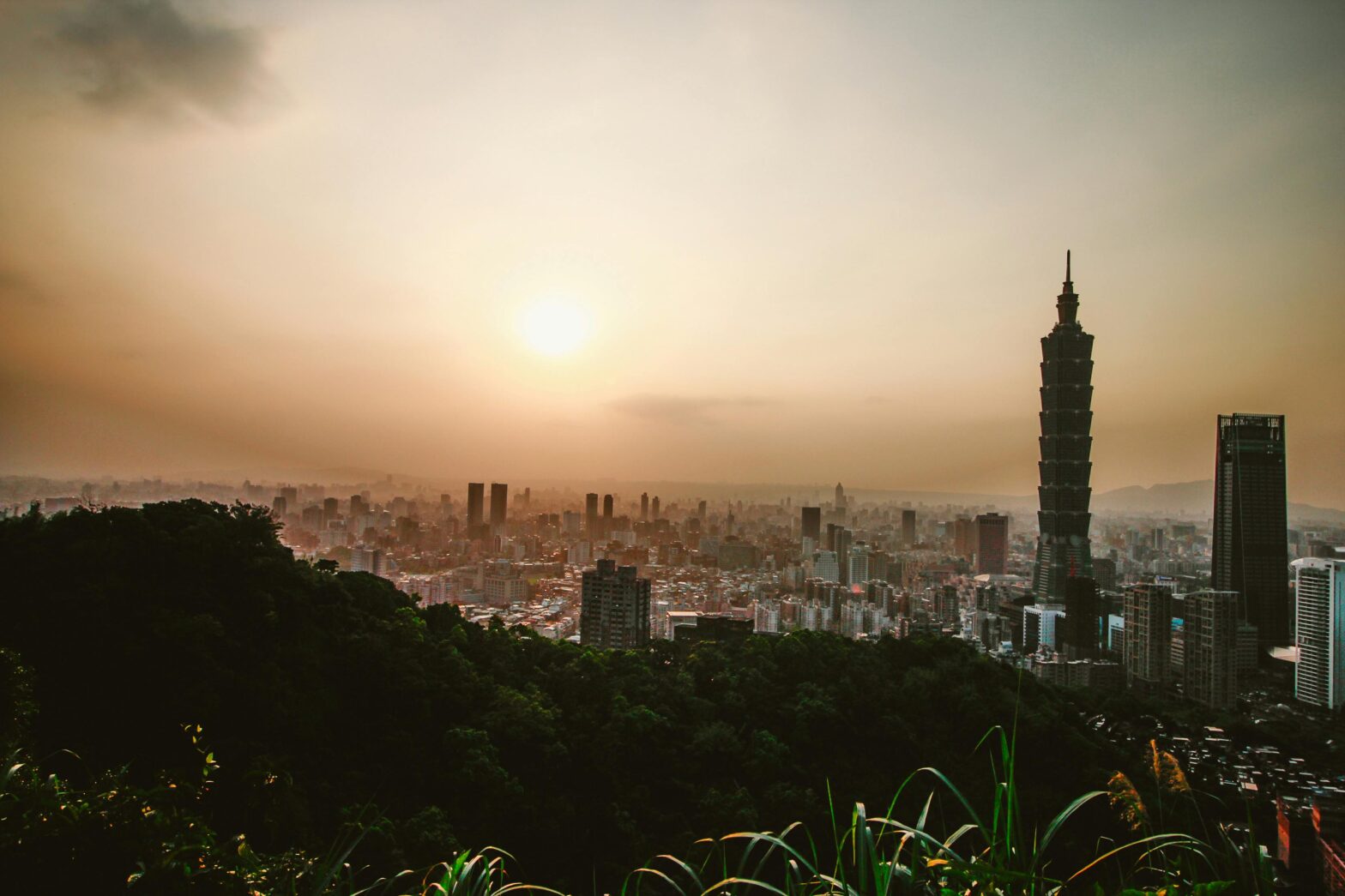For some travelers, exploring the world solo can be overwhelming and even a little frightening. For others, it’s a chance to let go of distractions and align themselves while taking in the beauty of an unfamiliar place.
No matter where you may fall on the solo travel spectrum, we want to equip you with the tools you need to live your best travel life.
Whether you’re a man or a woman, you should always feel comfortable in any destination that you visit. This guide is designed to help you conquer the beautiful island of Cuba on your own.
Getting there
There are lots of articles out there saying that Americans can no longer travel to Cuba. Technically, we can. The rule has always been that those with U.S. passports could not visit solely for tourism purposes. But, you can travel there by airplane if you fall under one of the listed exceptions.
Many U.S. travelers list the support for the Cuban people exception, which is almost always accepted. You will typically need to list this on a form provided to you, once you are at the airport for your flight into Cuba.

At last check, all of the major U.S. airlines still fly into Havana and you can often find deals on flights from major cities.
Included in the price of your flight will be a required insurance fee. You will also need to pay for a visa which is around $50. You will likely need to call your preferred airline to pay for this to complete your booking.
What to pack
The weather in Cuba is mild all year round with occasional rainy days throughout the year. Of course you should always double-check the weather closer to your departure.
In addition to your outfits, these are a few key items to have with you before you go.
- Cash: Cuba does not accept American credit or debit cards. There were rumors that they would soon move toward doing so, but it hasn’t happened yet. You’ll want to take enough cash to last you for the duration of your stay. Of course, taking a little extra is smart because you won’t have a way to pay for things otherwise. There is a 10% tax on all American dollars so other currencies are easier to exchange and even use while in Cuba. Using Euros would be the best option if you want to avoid the tax.
- Tripod or selfie stick : if you want to ensure that you get some amazing photos, be prepared with a camera tripod or selfie stick. You may be able to find other tourists or locals to snap for you, but just in case. Also, keep in mind that you may be asked to pay to take photos of certain people/characters around Havana. So be sure to ask before you just start snapping.
- Bookbag: as a solo traveler, you’ll want to have a secure bag to store things in as you venture out to explore. This way you won’t have to keep running back to your accommodation to put things down.
- A Spanish words/ phrases book to help you communicate if you don’t already know the language. The more you know, the better your trip can be.

Where to stay
There are now more and more hotels popping up in Havana, mostly through foreign developers. Hotels range in price but are more expensive compared to casa particulars aka Cuban Airbnb’s.
The great thing about the homes is that they are very secure and private. You can find homes for as low as $20-$30 per night, which is for a private room with your own bathroom. Most casa owners will also include a home-cooked breakfast at that price. (Or a $5 upcharge)
The only downside is that the owner may not have WiFi, which is something the hotel may offer.
Things to know once you arrive
Once you’ve finally landed it’s time to get to your accommodation. You will see plenty of cab drivers competing for your business. Before you get into any car, be sure to ask the driver the exact price of the ride so that you can agree to it.
It is reasonable to pay $25 (or less) from the airport into Old Havana and it is about a 30-minute drive. During the ride, it’s a great time to ask your driver (who is likely a local), about any events or hotspots to visit during your stay. Locals can be a great resource.

If you didn’t exchange your currency before your trip, you can pay for your cab ride in American dollars. The currency line at Havana’s airport is usually very long so if you have a little cash on you, wait until you get into Old Havana to go to a bank to exchange.
There are two currencies used in Cuba. The CUC is used in touristy areas and usually 1 CUC = $1 USD. The CUP is used mostly by locals and is worth significantly less.

If you do happen to venture into more local neighborhoods, be mindful of whether they charge in CUP versus CUC. Otherwise, you’ll end giving up a lot of money unnecessarily.
If you can find a local cab driver once you arrive, do it. While most people go after the classic car drivers, normal taxi drivers also have vintage cars and will drive you around for an entire day for a fraction of the cost. You can negotiate your own private driver for around $20 for a full day. This is also a great way to see more of the local flavor of the city.
If you’re pressed to take photos with the classic cars, they’re always parked near tourist areas. Just ask the driver if it’s okay to take a photo. Most will say yes.

Safety
Despite what Western media may portray, Cuba is very safe. Yes, even for women traveling alone.
Of course, no destination is 100% perfect, so always stay alert and use your judgment. You may see police walking the streets in tourist areas but it’s only to let you know they’re there if needed, not because it is a high crime area.
Walking around at night is also pretty safe. Locals and tourists can be seen hanging out into the early morning, dancing in the streets and simply laughing and talking.

WiFi is still very restricted throughout Cuba. If you are used to being able to pop into a coffee shop or diner for a connection, that won’t be the case here as there are a couple of steps needed in order to connect.
You will need to first purchase an internet card from a communications store. The cards have a special connection code inside that you’ll use to access internet. Depending on the time of day, the wait can be over an hour. The cards cost $1 (1 CUC) per 1 hour.
Once you have your card, you will need to find a hotspot zone to actually connect. There are now over 1,000 hotspots mostly around hotels, parks, and bigger restaurants. Keep in mind that your connection is timed, so once you use up your time you will need to purchase a new card.
Must see and do

There are lots to see and do around Havana. You could honestly spend hours just people-watching because Cuban people are some of the most joyful people you will meet. But, if you need a few actual suggestions, here you go:
- Fabrica de Arte (F.A.C.): it’s located just outside of Havana in Mirimar. It’s about a 20-minute ride and a local taxi should charge $15 roundtrip. (They will schedule a pickup time with you). F.A.C. is an art gallery, movie theater, live music hall, restaurant, bar, and slight club. (there is a DJ some nights. The focus is the live music) There is no WiFi in the place and they have signs to remind you of such so don’t ask. Just enjoy the moment. Entry fee: $2.
- Calle Obispo: the main street where you can find most people hanging out. There are food carts, restaurants, live music, and shops all up and down the street.
- Plaza de Revolucion and the Cristo statue: both popular landmarks and photo spots.
- Salsa club: there are plenty all around. Just listen for the live music playing and pop in.
- Try dulces from a dulce cart: these are baked goods made by locals and sold from a pushcart throughout the streets. The sweet treats are only $.25-$.50.
Venturing beyond Havana
If you have the time, you should try to squeeze in a trip out to Varadero or Vinales.
Varadero is a beach town and has been named one of the world’s most beautiful beaches. It is totally different from the hustle and bustle of Havana, bringing a super relaxed and slow pace to things.

It’s a 2-hour drive from Havana and you can schedule a driver for about $25 one-way. You can also take the Viazul bus for about half of that.
Vinales is the complete opposite of Varadero. It’s more of the countryside and it’s where you will also find the cool cigar makers that you see in photos. The transportation options are pretty much the same as Varadero.
Related: From Napa To Santiago, Here Are The Best Places To Travel Solo In 2020





